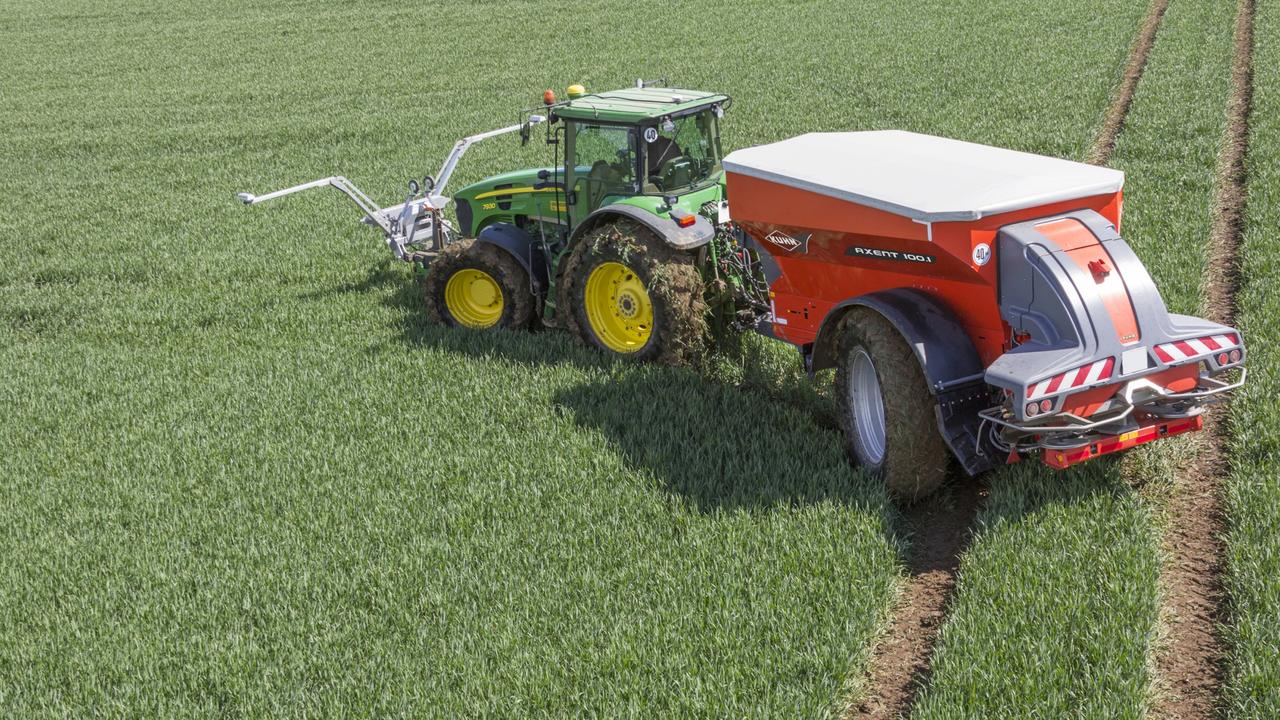More isn’t always better: How fertiliser overuse is costing farmers
Fertiliser use has quadrupled in three decades in parts of Australia. But more may not always be better, according to new research.

Australian farmers can learn from Chinese growers’ overapplication of fertilisers, experts say.
A seven-year research project, published in the journal Field Crops Research found farmers in China’s most fertile rice-growing provinces were over-applying key fertilisers, wasting resources and money and causing environmental harm.
The study has implications for Australian growers, who have significantly increased the fertiliser volumes they apply to crops over the past three decades, according to the director of The University of Western Australia’s Institute of Agriculture professor Kadambot Siddique, who contributed to the study.
The study’s research team developed a method to determine the ideal fertiliser application for wheat crops without sacrificing yield or protein content, which they labelled High Nutrient-Use Efficiency Based Fertiliser Recommendation.

The method measures the available nutrients in the soil to determine the appropriate volume of fertiliser to apply.
For average grain yields of more than 6t/ha and protein content of 13.0 per cent, the researchers recommended nitrogen application of 36kg, phosphorous application of 261–274kg, and potassium application of 53–54kg.
The recommendation depended on soil available nutrients being in the range of 19-22mg per kg available N, 22-26 mg/kg available P, and 154–157 mg/kg available K.
Using the High NUFER method, the researchers estimated that Chinese wheat producers could generate more than $1 billion in savings and additional revenue while reducing greenhouse gas emissions.
Professor Siddique said the study showed fertilisers in the study area were over-applied and often imbalanced.
Those findings could be translated to savings for Australian farmers, he said. In Western Australia, grain growers were estimated to spend 18 per cent of farm costs on fertiliser, with fertiliser use increasing fourfold between 1990 and 2018.





